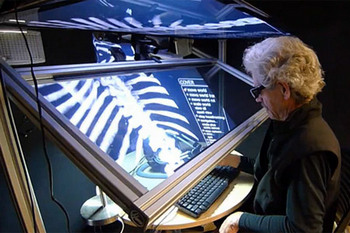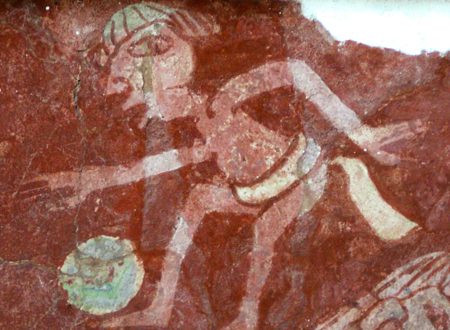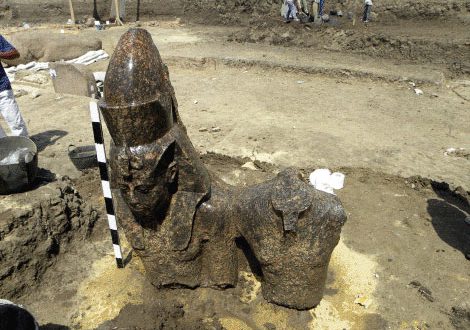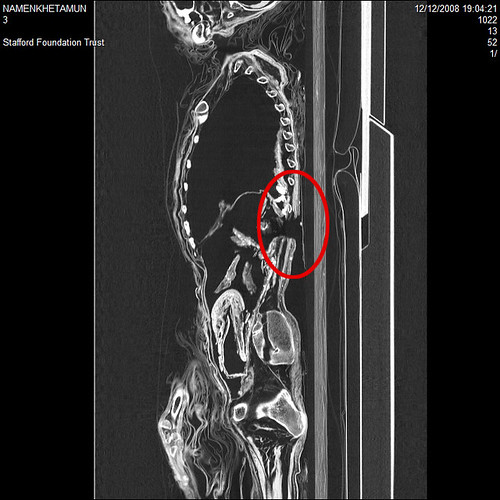 Not even a month after 4 brave mummies left the Brooklyn Museum to have themselves scanned, and ‘Lady Hor’ proved to be a male mummy – “scrotum and penis pretty well preserved”, another round of mummy CSIuncovered yet another case of ‘transgender’ behaviour amongst mummies. The Birmingham Museum took three mummies to the Stafford Hospital in a bid to understand how these ancient Egyptians, whose bodied were later mummified, died.
Not even a month after 4 brave mummies left the Brooklyn Museum to have themselves scanned, and ‘Lady Hor’ proved to be a male mummy – “scrotum and penis pretty well preserved”, another round of mummy CSIuncovered yet another case of ‘transgender’ behaviour amongst mummies. The Birmingham Museum took three mummies to the Stafford Hospital in a bid to understand how these ancient Egyptians, whose bodied were later mummified, died.
One of the mummies, from the Namenkhetamun of the 26th Dynasty (664-525BC), was described as ‘the daughter of Amunkhau’ on the coffin lid. But the scan has revealed the mummy is male. Researchers also discovered another mystery – an unexplained hole in the mummy’s back, about the size of a fist.
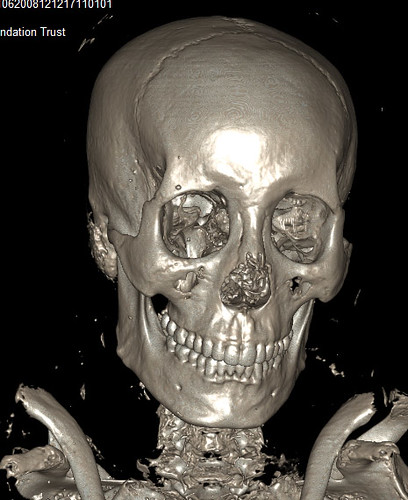 Museum staff also wanted to learn more about a ‘metallic’ object in the neck of a Graeco-Roman mummy, discovered on x-rays in 1995. The head contains three or four fragments of a dense unidentified material lodged in the base of the skull. This was previously thought to be an arrowhead but no entry or exit wounds are visible. The brain has been completely removed via the nose. Instead, the CT-scans have revealed the object is in fact one of three or four fragments – probably metal – lodged in the base of the skull.
Museum staff also wanted to learn more about a ‘metallic’ object in the neck of a Graeco-Roman mummy, discovered on x-rays in 1995. The head contains three or four fragments of a dense unidentified material lodged in the base of the skull. This was previously thought to be an arrowhead but no entry or exit wounds are visible. The brain has been completely removed via the nose. Instead, the CT-scans have revealed the object is in fact one of three or four fragments – probably metal – lodged in the base of the skull.
Scans of Padimut, priest of the goddess Mut and probably of the 21st Dynasty (1085-935 BC), showed evidence of high quality mummification – including removal of the brain and ‘false eyes’ plates in front of the real eyeballs. These are possibly made from stone or glass.
Birmingham Museums curator of world cultures, Adam Jaffer, said: This scanning has produced views of the museums mummies which have never been seen before. We have been able to virtually unwrap them without causing any damage. But scanning poses new questions about the life and death of these ancient Egyptians which we will try to find the answers for.

